Tradition: Weddings Around the World
In this day and age, very often couples from different backgrounds come together in marriage. If your spouse is from a culture different than yours, and you want to let him know you’d like to embrace that part of him, consider incorporating a simple tradition of his into your wedding. Alternatively, if you just want to put a unique spin on your wedding, looking at other nations’ wedding traditions is a great place to start.
There are many beautiful wedding customs around the world, so there are plenty of options. You just need to see what suits your personality and then decide how to incorporate that idea into your own wedding, whether it’s in your bridal gown, an activity added to your ceremony or reception, or a unique twist on the food or the music. Here are some of the most beautiful traditions we know from Weddings Around the World:
-
India
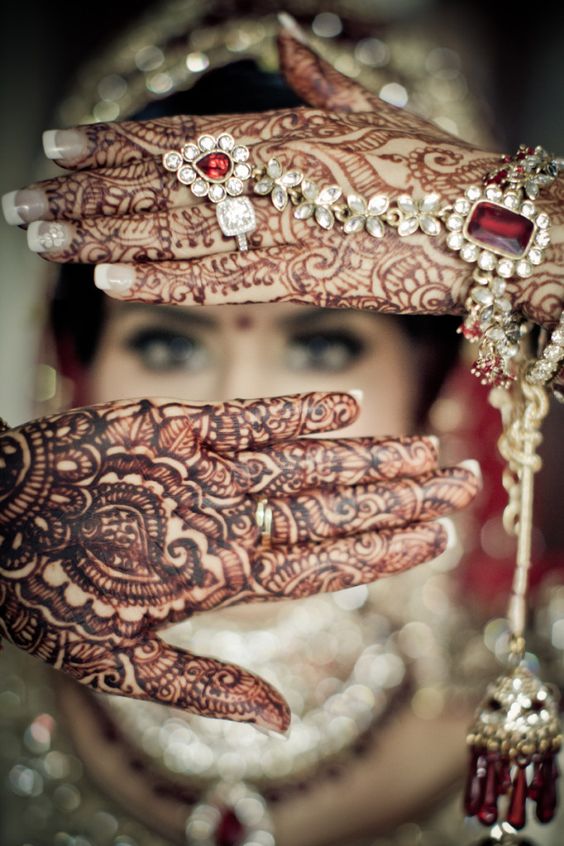
In India, weddings usually last for several days after the wedding day itself and include many expanded celebrations.
The night before the wedding, the families of the bride and groom come together to mingle, dance and exchange simple gifts. The bride also participates in the Mehndi Ceremony in which her hands and feet are painted in intricate patterns using henna.
On the wedding day itself, the wedding altar is built, the groom is welcomed by his future mother-in-law, and she offers him milk and honey. The bride’s sari is tied to the groom’s scarf to symbolize the union of the bride and groom’s souls. Also, instead of exchanging rings, a Mangala Sutra— a cord with two gold pendants—is tied around the bride’s neck. It consists of three knots and is tied by the groom.
-
Japan
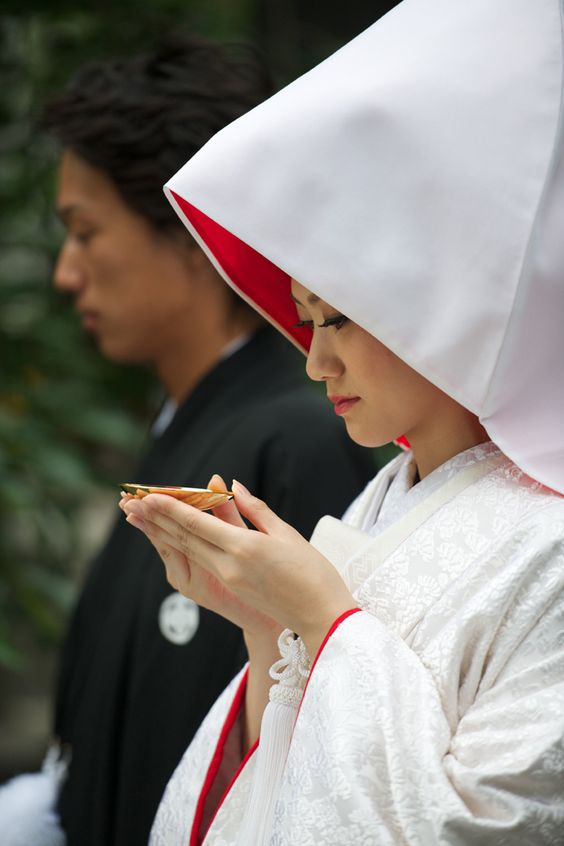
Sharing rice wine (sake) is a beloved Japanese wedding tradition. In the San-San-Kudo sake ceremony (San-San-Kudo means “three-three-nine-times”), the groom takes three sips of sake from three different cups, then offers the same to his bride. Afterward, they each offer the cups to their families as a symbol of the new bond created by the wedding.
In previous generations, Japanese brides wore colorful kimonos throughout the celebration. Now it’s more common to see the bride in a white ensemble—symbolizing purity—during the ceremony. Then for the reception, she changes into a red, gold, silver, or different white kimono.
-
Italy
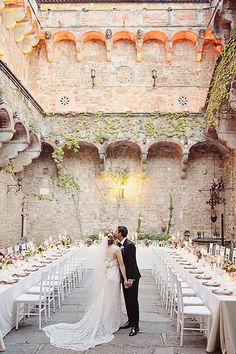
Italian brides normally wear veils to conceal their faces. This symbolically wards off evil spirits. Sometimes the bride and groom will choose to tie the knot at the front of the church or chapel, in order to symbolize their unity. However, the biggest tradition for Italian weddings is a huge feast. Some celebrations consist of as many as 14 different food and drink courses, starting with antipasto and ending with espresso paired with cake.
- Greece
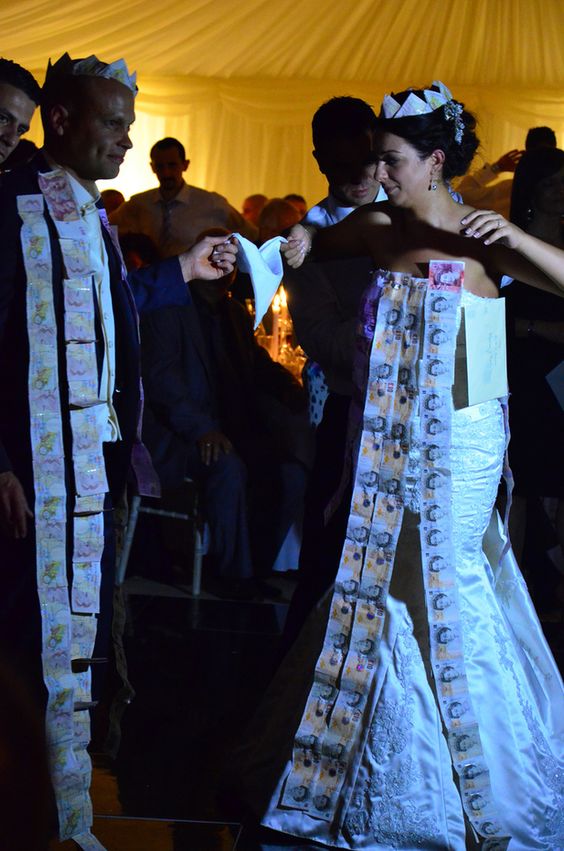
Same as Italian brides, Greek brides also wear veils to ward off evil spirits. The difference is that Greek brides often wear a red or yellow veil, as these colors represent fire. Some Greek brides also incorporate herbs into their bouquets as a symbol of fertility.
There are also a number of dances, like the Kalamatiano, an energetic circle dance performed by the bridal party. The “Money Dance” is done by the bride and groom as the guests throw bills at them.
- Ireland
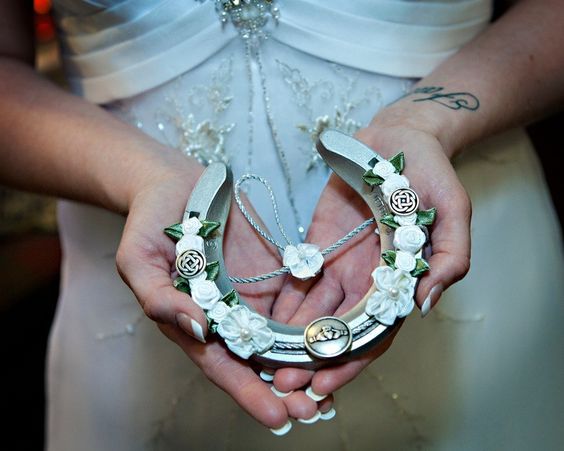
In this country, many traditions stem from what the Irish believe to be good luck. For example, Irish couples may choose to get married on St. Patrick’s Day, considered the luckiest day of the year. It’s good luck to have your birthstone incorporated into your engagement ring. It’s also good luck to rip your dress—accidentally of course—on your wedding day! Another good luck charm is a small token the bride carries in her shoe, usually a porcelain or fabric horseshoe, which many around the world consider lucky.
-
Spain
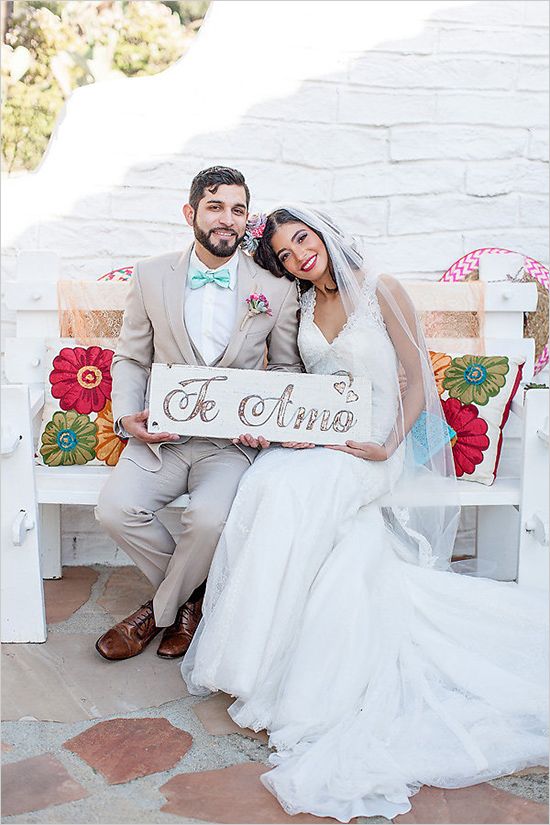
The majority of Spanish wedding traditions revolve around faith. The groom normally gives the bride 13 gold coins, symbolizing God’s love, after she accepts his proposal. Another faith component is the Spanish bride’s veil which symbolizes God’s protection.
An older Spanish tradition is for the bride to wear a black silk dress with a black veil, though it’s more common now to see Spanish brides in white dresses. On the other hand, men still often follow the old tradition of wearing embroidered shirts—generally fashioned by the bride herself.
-
Africa
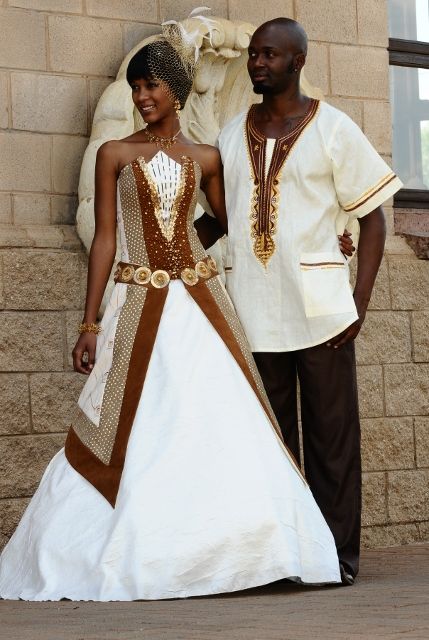
While African wedding traditions vary depending on location and tribe, there are a number of practices that blend well with Western weddings. One is the bride and groom tying their wrists together to symbolize their union. Another is sharing a kola nut, which is also used in African medicine. The couple offers nuts to their parents as well, symbolizing their willingness to heal each other. Also, the cowrie shell represents fertility and prosperity in Western Africa and is often used in wedding decorations or cake designs.
-
Muslim Weddings
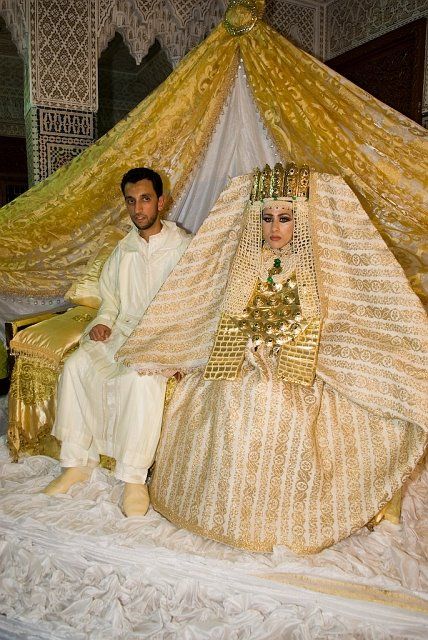
Just like African weddings, Muslim wedding traditions vary from culture to culture. Easily adaptable to a Western wedding is the Dad’s Night: The male members of both families come together to pray for the couple. Eggs play a vital role in a Muslim Wedding, as they represent fertility. In some areas of Indonesia, the groom will step on an egg. In Morocco, sometimes eggs are broken at the reception.
Muslim Weddings generally last for two days. The couple and their guests celebrate with a feast called “Walima,” where they dine on fish, chicken, and rice—which symbolize fertility—and also candy-coated almonds, considered to be aphrodisiacs.
-
China
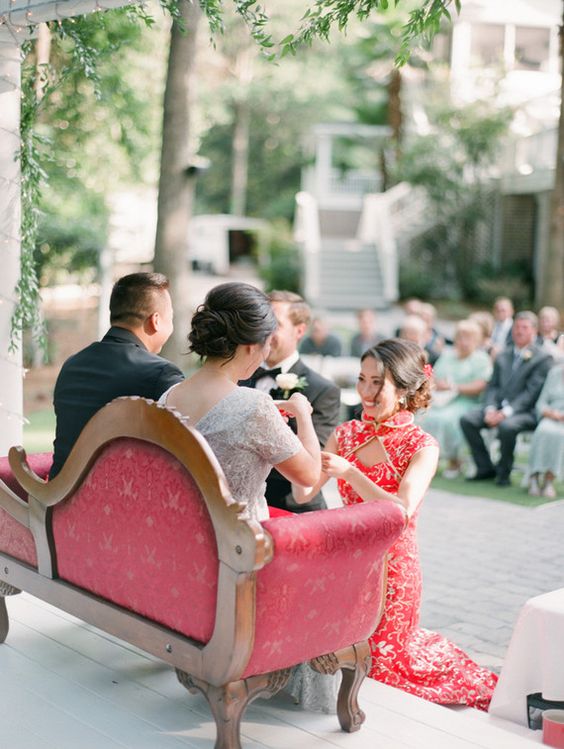
Before the wedding itself, the groom’s family holds a traditional tea ceremony as a way to properly introduce the in-laws to each other. Red, a color central to Chinese culture, is found in many or most aspects of the wedding. Anything from the invitations to the decorations to the attire may be red.
On the morning of the Chinese wedding, the groom picks up his bride in an elaborate ceremony, which sometimes entails the groom finishing tasks assigned to him by the bride’s parents. For instance, he may need to arrive bearing a red tray complete with certain items, wait for the youngest brother of the bride to open the door of the bridal car (which can be amusing if the “youngest” brother is a little kid), or play “Unblocking the Door” with the bridesmaids!
A matchmaker or “good fortune woman” may hold an umbrella over the bride while she is under the open sky, probably as a form of protection. Additionally, the bride returns to her parents’ home after three days to present them with gifts. Now, though, a quick exchange at the groom’s house, or a simple change of clothes, represents those three days.
There are countless other beautiful cultural traditions to look into and consider. Researching the customs of other cultures can make your Western wedding more colorful and more meaningful.






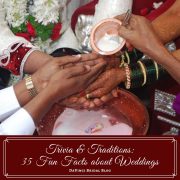
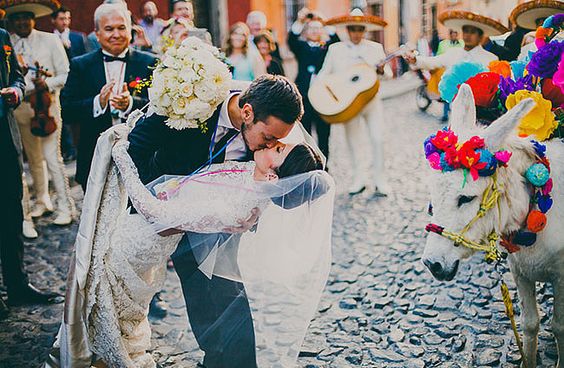


Recent Comments